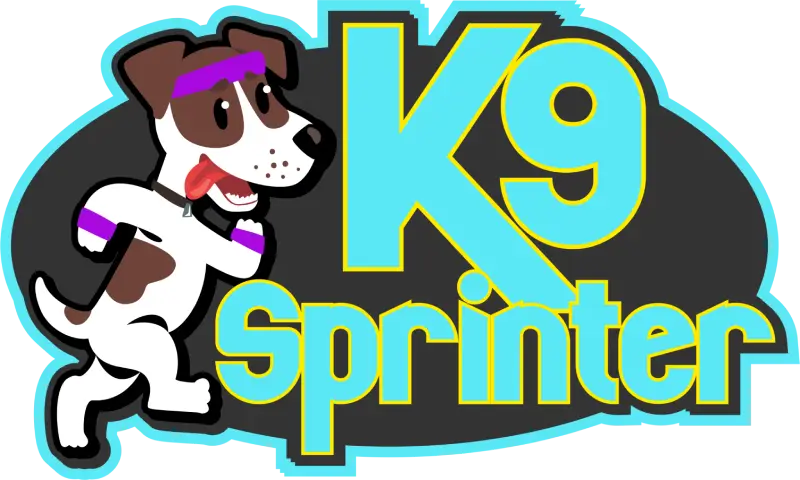Idiomatic expressions have always been an intriguing aspect of language that can perplex even the most experienced readers. They serve as a powerful tool to convey complex ideas in a concise way, and yet their meaning can be difficult to discern. One such expression is the “dog and pony show” phrase, which is known for its figurative use to describe a showy performance that lacks substance. The origin of this phrase dates back to the early 20th century when actual dog and pony shows were popular entertainment events. Today, the phrase is commonly used in modern language and media to describe any performance that is more style than substance. Understanding idiomatic expressions like “dog and pony show” is important for effective communication, and in this article, we will explore its origin, figurative use, and the significance of understanding idioms in general. So, let’s unravel the mystery of this intriguing phrase together.
History
Have you ever heard the phrase “dog and pony show”? What comes to mind when you hear it? Perhaps a flashy and superficial performance that lacks substance? While this is the figurative use of the phrase, its literal meaning is quite different.
The “dog and pony show” was a type of entertainment that was popular in the early 20th century. It involved trained dogs and ponies performing tricks and stunts for an audience. It was a beloved form of entertainment that brought joy and excitement to many people, but it has since fallen out of popularity.

However, it’s important to note that the term “dog and pony show” was not used during the time when the actual performances were taking place. It wasn’t until the mid-20th century that the phrase took on a figurative meaning to describe a showy performance that is more style than substance. This highlights how language can evolve and take on new meanings over time.
Understanding the historical background and examples of actual dog and pony shows can give us a greater appreciation for the evolution of entertainment and how it has shaped our culture. It also serves as a reminder that language and expressions can have multiple meanings and interpretations. By exploring the origins of the phrase, we can better understand the contexts in which it was used and how it has evolved over time.
Figurative Use of “Dog and Pony Show”
While the literal meaning of “dog and pony show” is a type of entertainment involving trained animals, the phrase has taken on a figurative meaning in modern language. This figurative meaning refers to a situation that is presented with much fanfare, but is ultimately insubstantial. It can be used to describe anything from a flashy sales pitch to a political rally.
The phrase is often used in a negative context because it implies that something is being presented in a way that is misleading or deceitful. It suggests that the focus is on appearances rather than content or value. This can be seen in various contexts, such as politics, advertising, or even personal relationships. For instance, a romantic partner who constantly talks about grandiose plans for the future but never follows through could be described as putting on a “dog and pony show”.
In modern language and media, the “dog and pony show” phrase is commonly used to describe events or situations that are perceived as shallow or insincere. It is often used to criticize a lack of substance or authenticity, and can be applied to anything from a flashy product launch to a political campaign. For example, a politician’s campaign rally might be criticized as a “dog and pony show” if it is perceived as more of a spectacle than a substantive exchange of ideas. Similarly, a new product that is all style and no substance might be labeled a “dog and pony show” by disappointed consumers who feel misled by the advertising.
The figurative use of the “dog and pony show” phrase has become ingrained in modern language and culture, highlighting the power of language to evolve and adapt to changing circumstances. It is a testament to the importance of understanding idiomatic expressions and how they can shape our perception of the world. By being aware of the meaning and implications of this phrase, we can become more conscious of how it is used and the potential for misrepresentation or deception.
Why “Dog and Pony Show” Matters for Dog Owners
As dog owners, we want our furry companions to be well-behaved and obedient, but what does the phrase “dog and pony show” have to do with it? In the context of dog training, a “dog and pony show” refers to flashy, attention-grabbing techniques that may appear impressive but lack substance. These types of training methods are often ineffective in producing lasting results and can even be harmful to your dog’s well-being.
Using “dog and pony show” training techniques can lead to frustration and disappointment, both for you and your dog. Not only do these techniques fail to address underlying behavioral issues, but they can also create new ones. For example, using physical punishment or dominance-based techniques can make your dog fearful or aggressive, leading to a host of other problems.
When choosing a dog trainer, it’s important to do your research and avoid those who rely on “dog and pony show” techniques. Look for trainers who prioritize positive reinforcement and reward-based training methods. These techniques focus on encouraging desired behaviors through positive reinforcement rather than punishing unwanted behaviors. Positive reinforcement has been proven to be effective, humane, and produces long-lasting results.

In addition to choosing the right trainer, it’s also important to understand how the “dog and pony show” phrase relates to your dog’s behavior. For instance, if you’re using flashy, attention-grabbing toys or treats to train your dog, you might be inadvertently reinforcing bad behavior. Instead, try using simple rewards like verbal praise, scratches behind the ears, or a favorite toy as positive reinforcement.
It’s also crucial to be consistent in your training methods. Dogs thrive on routine and structure, so using inconsistent or confusing training techniques can be counterproductive. Make sure all members of the household are on the same page and using the same training methods. This will help your dog learn faster and more effectively.
Finally, keep in mind that dog training is an ongoing process. Just like humans, dogs are constantly learning and adapting to new situations. Even after your dog has mastered basic commands, it’s important to continue training and reinforcing good behavior. This will ensure a happy, healthy relationship between you and your furry friend.
Positive Reinforcement
When it comes to dog training, there are several methods available, but none are as effective and humane as positive reinforcement. Positive reinforcement is a technique that rewards good behavior, rather than punishing bad behavior, to encourage a dog to repeat desirable actions. This technique is based on the principle of rewarding a dog with treats, praise, or toys to reinforce the behavior that their owner wants them to continue doing. The use of positive reinforcement is essential in training dogs and can have long-term effects on their behavior, mental health, and relationship with their owner.

One of the biggest benefits of positive reinforcement is that it allows for a more harmonious and cooperative relationship between the dog and owner. Instead of using fear, pain, or intimidation to force a dog to obey, positive reinforcement fosters a bond between the owner and their dog built on trust and mutual respect. By using rewards, an owner can encourage their dog to participate in training sessions and develop a better understanding of what is expected of them. This leads to more productive and enjoyable training sessions, which can make the process more enjoyable for both the dog and their owner.
Another advantage of positive reinforcement is that it helps to prevent behavior problems from developing in the first place. By consistently rewarding good behavior and ignoring or redirecting bad behavior, dogs learn what is acceptable and what is not. This means that they are less likely to engage in undesirable behaviors, such as barking excessively, digging, or biting. Positive reinforcement can also be used to address existing behavior problems, such as anxiety or aggression, by encouraging the dog to learn new, more appropriate behaviors.
Lessons from the “Dog and Pony Show” Phrase for Business and Marketing
The phrase “dog and pony show” has a rich history and a variety of meanings, both literal and figurative. While the phrase may have started as a way to describe an entertaining spectacle, it has since taken on a more negative connotation, often used to describe a showy but ultimately empty performance.
As dog owners, it is important to recognize the dangers of “dog and pony show” training techniques and instead choose reputable trainers who prioritize positive reinforcement and effective communication with our furry friends. Similarly, in the world of business and marketing, it is crucial to avoid relying solely on flashy tactics and instead prioritize substance over style.
Overall, understanding idiomatic expressions like “dog and pony show” can provide valuable insights into language and culture, while also helping us navigate the world around us with greater clarity and insight. So the next time someone uses this phrase, you’ll be equipped with the knowledge and understanding to appreciate its true meaning.
